A device half the size of a postage stamp can kill 99.99% of bacteria in water in just 20 minutes

When dropped into the water, it quickly disinfects it with the help of sunlight
When dropped into the water, it quickly disinfects it with the help of sunlight
One way to disinfect contaminated water is to expose it to sunlight, in order for the ultraviolet rays to kill the microbes. But as these carry only 4 % of the sun’s total energy, this method takes up to 48 hours to complete. Now, an innovative nanostructured device has been created by researchers at the Department of Energy’s SLAC National Accelerator Laboratory and Stanford University, which disinfects water much faster than the UV method. This is because it also makes use of the visible part of the solar spectrum that contains 50% of the sun’s energy. Their work was published in mid-August in the journal Nature Nanotechnology. “Our device looks like a little rectangle of black glass. We just dropped it into the water and put everything under the sun, and the sun did all the work,” said Chong Liu, lead author of the report.
The device’s coating is made of molybdenum disulfide (often used as an industrial lubricant), which operates as a photocatalyst: when hit by incoming light, many of its electrons leave their usual positions, and both the electrons and the “holes” they leave behind are eager to take part in chemical reactions. These reactions generate hydrogen peroxide and other disinfectants that kill 99.999 % of bacteria in just 20 minutes. Viewed under a microscope, the surface of the device resembles a fingerprint.
The promising news that could make the technology viable for the market is that molybdenum disulfide is cheap to produce. However, more research needs to be done, as only three strains of bacteria have been tested so far. Moreover, the coating has only been tested on specific concentrations of bacteria (diluted samples), not on actual contaminated water, and is also not currently effective against chemical pollutants.
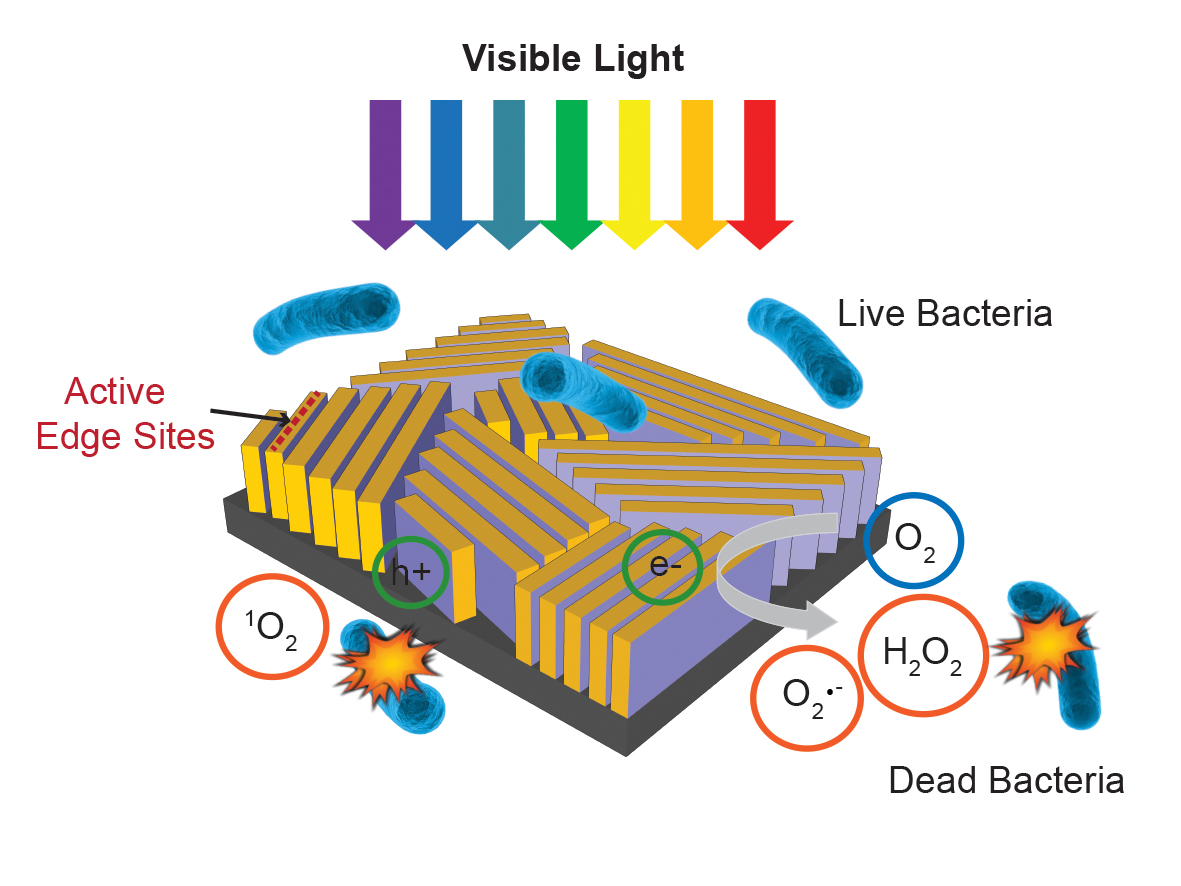
Image credits:C. Liu et al., Nature Nanotechnology
Source: SLAC National Accelerator Laboratory
Want to read more like this story?
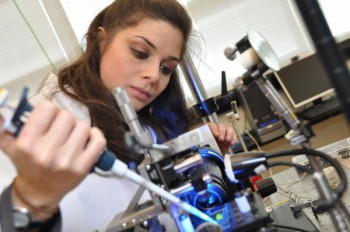
Researchers have developed a miniaturized water quality sensor that can monitor drinking water quality in real time
Oct, 03, 2017 | NewsThis tiny and inexpensive device -built using a 3D printer- can be deployed anywhere in the water di...
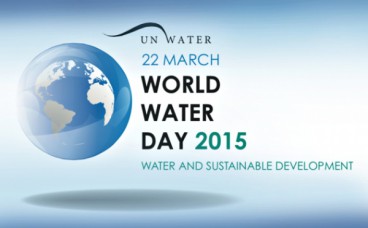
March 22nd is World Water Day!
Mar, 22, 2015 | NewsSince 1993, the United Nations has designated March 22nd of each year as World Water Day, a day dedi...

SuntoWater generators produce 150-400L of potable water per day out of thin air
Mar, 06, 2017 | NewsThey can be powered by solar or solar plus grid power They can be powered by solar or solar plus...

Next generation reverse osmosis water purifier
Nov, 16, 2016 | NewsWaterO brings highly-filtered drinkable water to the kitchen table WaterO brings highly-filtered...

Ancient engineering methods to address water shortages
Jul, 31, 2019 | NewsAccording to a new study, published in Nature Journal, a 1,400-year-old system of canals that divert...

A solar-powered, 3D printed cart could revolutionize water collection in developing countries
Feb, 12, 2018 | NewsIt could save people a lot of time and effort and make their life much easier It could save people...
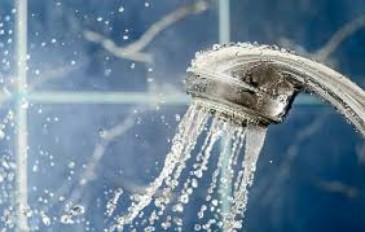
A smarter way to shower…
Nov, 22, 2016 | NewsThis clever shower device saves up to 50% of your water usage This clever shower device saves up...
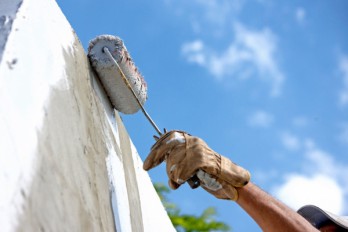
Australian researchers have developed a solar paint that turns water vapor into hydrogen
Sep, 18, 2017 | NewsIt draws moisture from the air, splitting it into oxygen and hydrogen, the cleanest source of energy...
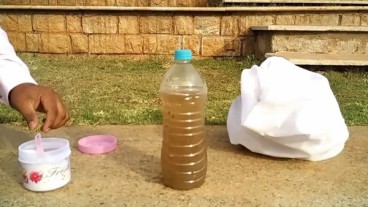
This powder offers an innovative solution to water purification
Aug, 11, 2017 | NewsA small Japanese company has developed a special powder that could improve water quality in developi...
Trending

Vertical gardens in Mexico City to combat pollution

Characteristics of Load Bearing Masonry Construction

Taipei 101’s impressive tuned mass damper

Saudi Park Closed After 360 Big Pendulum Ride Crashes to Ground, 23 injured

Dutch greenhouses have revolutionized modern farming

Federal court rules Biden’s offshore drilling ban unlawful


